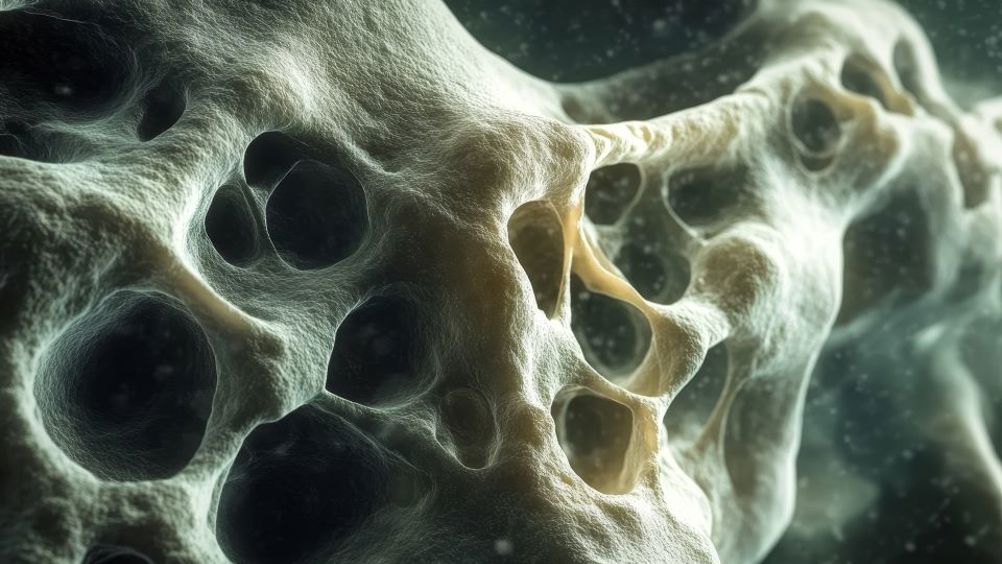Bioactive glasses combined with gallium for potential bone cancer treatment
A team of researchers at Aston University have combined bioactive glasses with gallium to create a potential treatment for bone cancer.

Bioactive glass is a filling material which can bond to tissue and improve the strength of bones and teeth. Tests in labs have found that bioactive glasses doped with gallium have a 99 per cent success rate of eliminating cancerous cells and can regenerate diseased bones. The research, published in Biomedical Materials, was led by Professor Richard Martin who is based in Aston’s College of Engineering and Physical Sciences.
In laboratory tests 99 per cent of osteosarcoma (bone cancer) cells were killed off without destroying non-cancerous normal human bone cells. The researchers also incubated the bioactive glasses in a simulated body fluid and after seven days they detected the early stages of bone formation.
Gallium is highly toxic, and the researchers found that cancer cells soak it up and self-kill, which prevented the healthy cells from being affected.
Osteosarcoma is the most commonly occurring primary bone cancer and despite the use of chemotherapy and surgery to remove tumours, survival rates have not improved much since the 1970s. Survival rates are reduced for patients who have a recurrence, and primary bone cancer patients are more susceptible to bone fractures.
Register now to continue reading
Thanks for visiting The Engineer. You’ve now reached your monthly limit of news stories. Register for free to unlock unlimited access to all of our news coverage, as well as premium content including opinion, in-depth features and special reports.
Benefits of registering
-
In-depth insights and coverage of key emerging trends
-
Unrestricted access to special reports throughout the year
-
Daily technology news delivered straight to your inbox










Water Sector Talent Exodus Could Cripple The Sector
Maybe if things are essential for the running of a country and we want to pay a fair price we should be running these utilities on a not for profit...